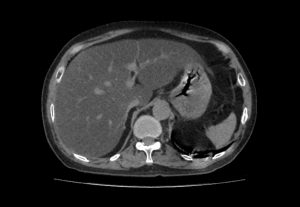According to recent research, prescription opioid injection is on the rise in the U.S. Aside from the risks associated with injection drug use in general, the injection of prescription opioid pills in particular has been shown to be independently associated with hepatitis C infection, since injecting prescription pills often involves multiple injections per session, and is correlated with non-fatal overdoses.
To learn more about the implications of prescription opioid injection, a team of CUNY SPH researchers led by Associate Professor Pedro Mateu-Gelabert conducted a mixed-methods study published in the Harm Reduction Journal.
The researchers interviewed 539 young adult opioid users in New York City recruited via respondent-driven sampling. They based their analyses on the subsample of 353 participants (65 percent) who reported having ever injected drugs.
The researchers found that, even in an urban environment like New York City with widespread heroin access, most young people who inject drugs have injected prescription opioids, although less frequently than heroin.
The study qualitatively describes how the multi-step practices used to inject prescription opioids can increase the likelihood of sharing and cross-contaminating injection equipment, thereby increasing the risk of HIV and hepatitis C transmission. Accordantly, quantitative results indicated that injecting prescription opioids was a significant predictor of testing positive for hepatitis C. This study follows a commentary in International Journal of Drug Policy by lead authors Mateu-Gelabert and Associate Professor Honoria Guarino in which they highlight the importance of “multiple injections per injection episode” as a high-risk practice associated with prescription opioid injection.
As in previous research, the study’s multivariable analyses also indicate a strong correlation between prescription opioid injection and overdose, which the authors say has several possible explanations.
“On the one hand, the prescription opioid injectors were more likely to have grown up in middle- or upper-income families and may have more money to spend on opioids and other drugs, which may allow for higher drug intake or polysubstance use, thereby contributing to increased overdose risk,” Mateu-Gelabert says. “Prescription opioid injection could also be serving as a marker for a subset of youth who engage in a range of high-risk drug-use behaviors, like binging on drugs or engaging in polysubstance use, that are known to increase risk of overdose.”
Programs that provide prevention services to people who inject drugs should tailor harm reduction measures and messaging to the specific practices and harms associated with the injection of prescription opioids, the authors say.



